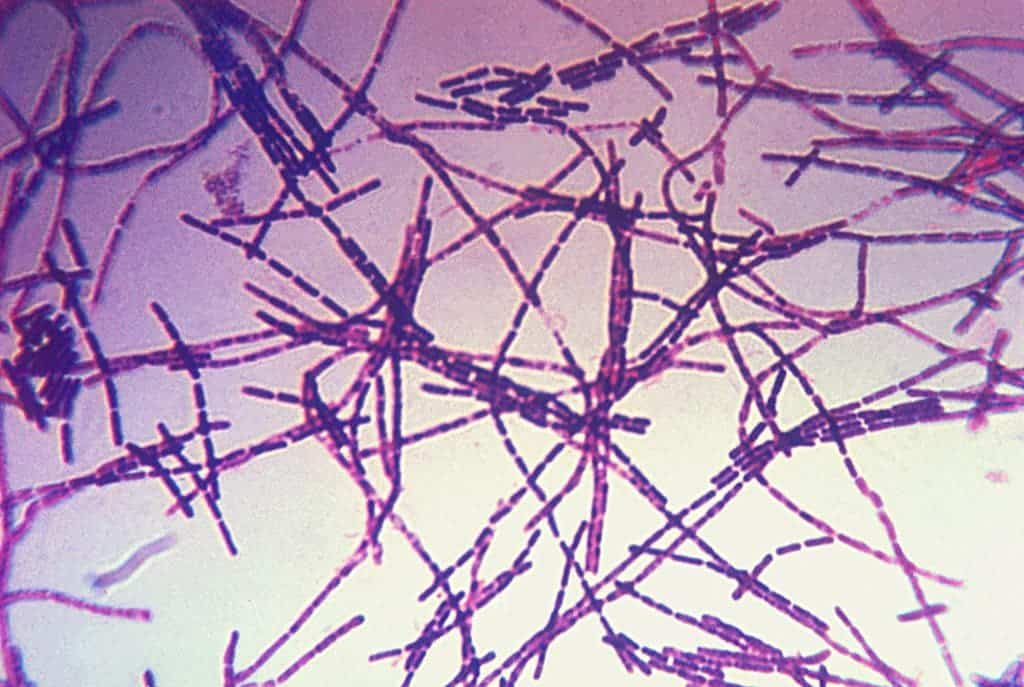A US Army laboratory in Utah accidentally shipped live samples of anthrax, prompting immediate efforts to recover the samples and make sure that no one suffers. In total, 26 people have been put in post-exposure treatment, a defense official said.

Photomicrograph of a Gram stain of the bacterium Bacillus anthracis, the cause of the anthrax disease. Image via Wikipedia.
The anthrax was supposed to be sent to these facilities for military germ warfare training, but it was supposed to be inert – not live and active. However, as a military spokesman confirmed, there is no known public risk or health hazard associated.
“The DOD lab was working as part of a DOD effort to develop a field-based test to identify biological threats in the environment,” said Col. Steve Warren, the department spokesman. “Out of an abundance of caution, DOD has stopped the shipment of this material from its labs pending completion of the investigation.”
The first sample was discovered at an undisclosed facility in Maryland. The Pentagon also said that one sample of anthrax was sent to the Joint United States Forces Korea Portal and Integrated Threat Recognition Program at Osan Air Base, to make this a thoroughly international disaster. The anthrax was sent via FedEx. However, FedEx did neither confirm nor infirm this incident:
“FedEx is committed to the safe transport of all customer shipments, and our priority is the safety of our employees,” he said. “We will be working closely with the Department of Defense and the Centers for Disease Control to gather information about these shipments.”
Anthrax does not spread directly from one infected animal or person to another; rather, it is spread by spores, but these spores can be carried around on clothes or shoes. Anthrax also commonly infects wild and domesticated herbivorous mammals that ingest or inhale the spores while grazing. Most forms of the disease are lethal.









